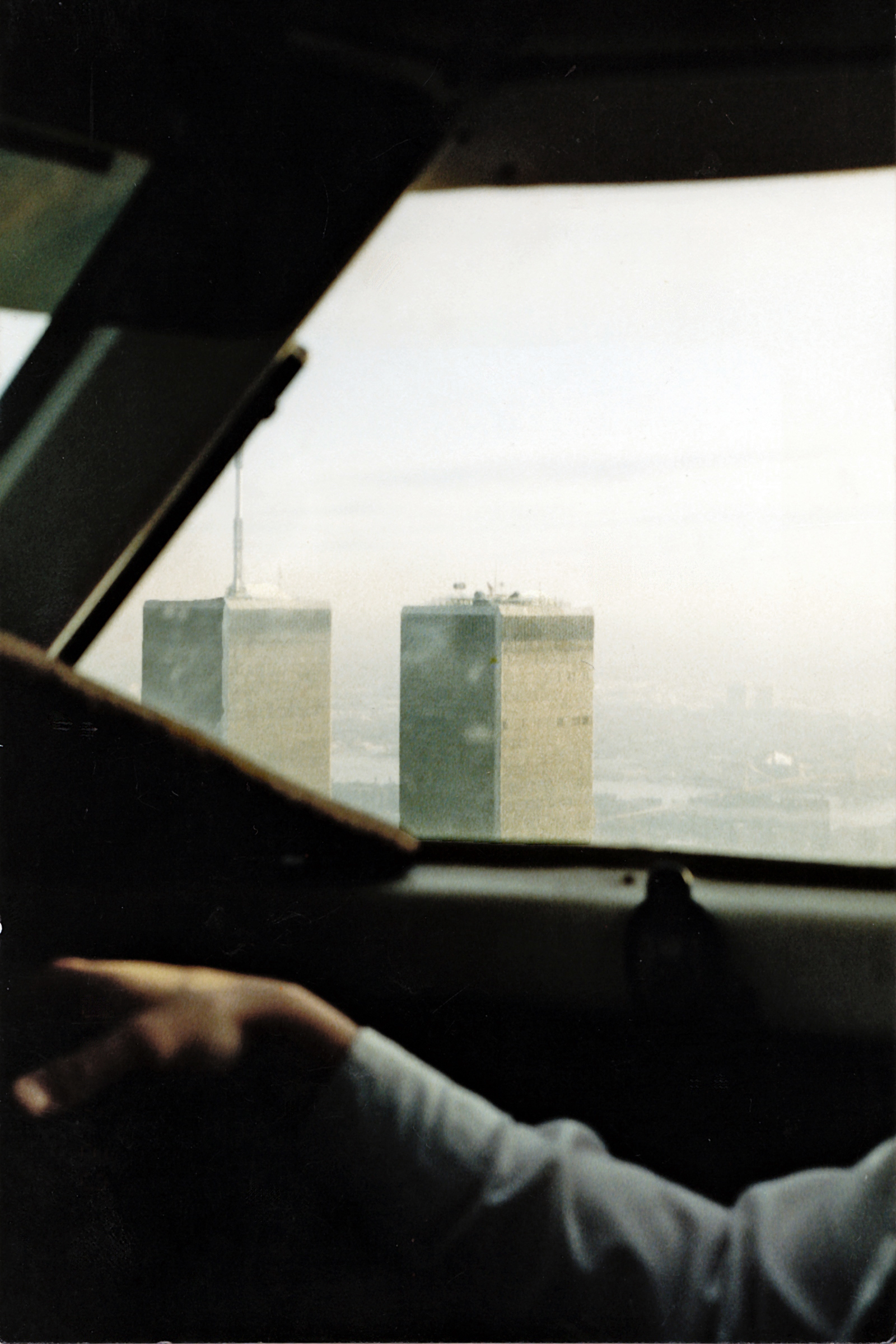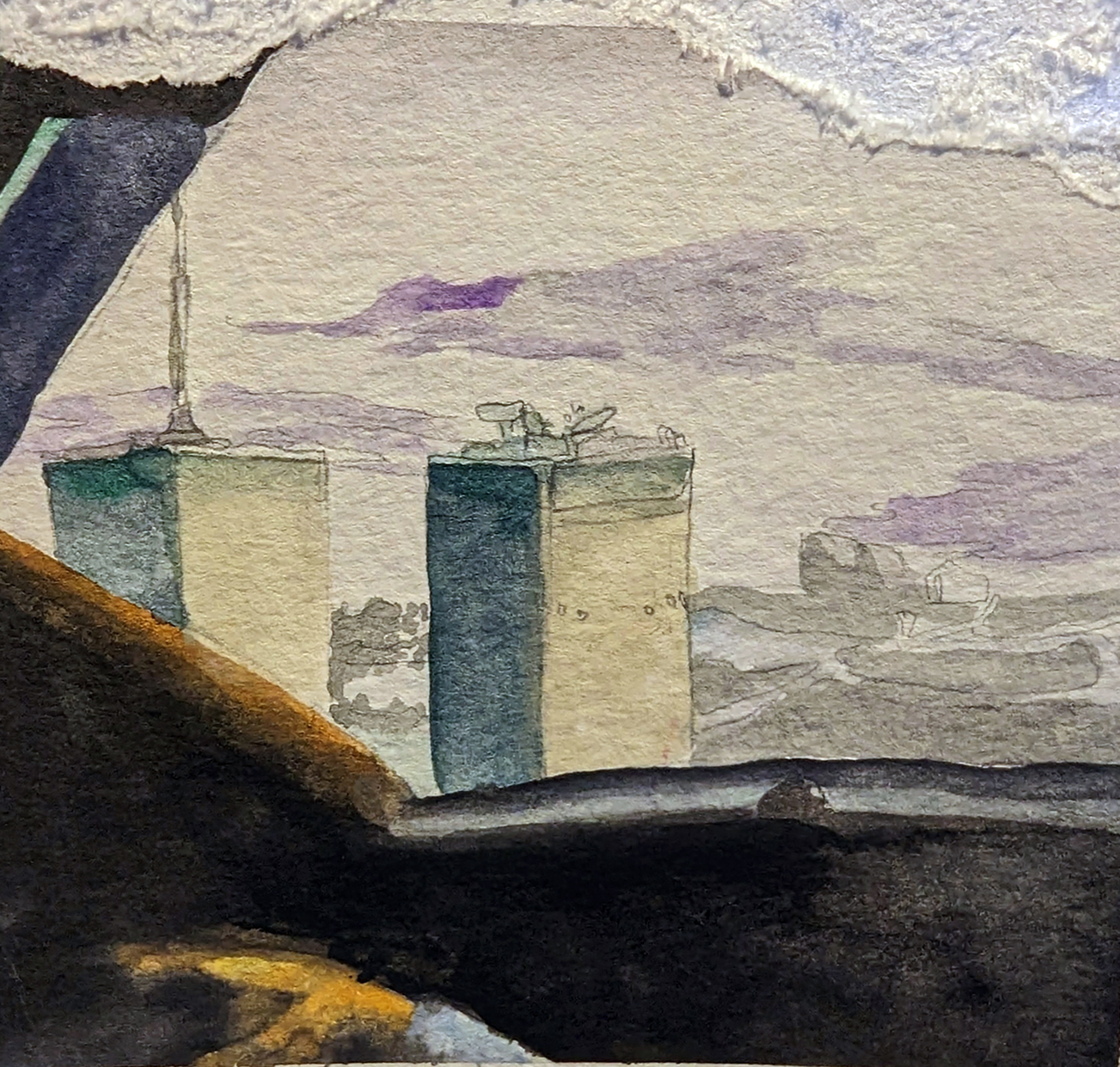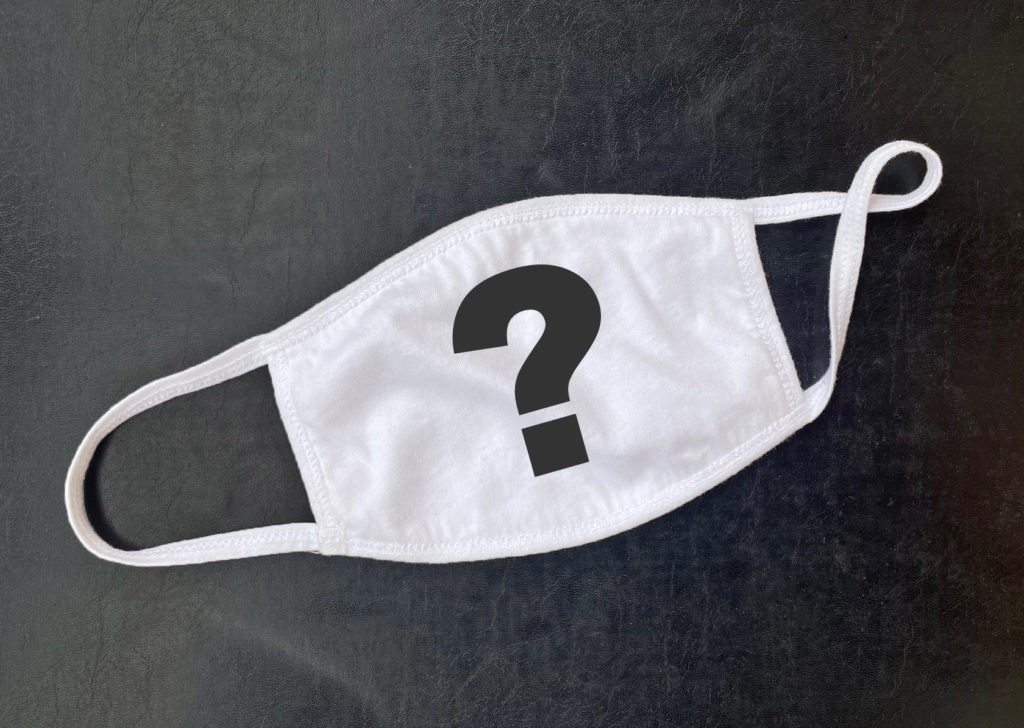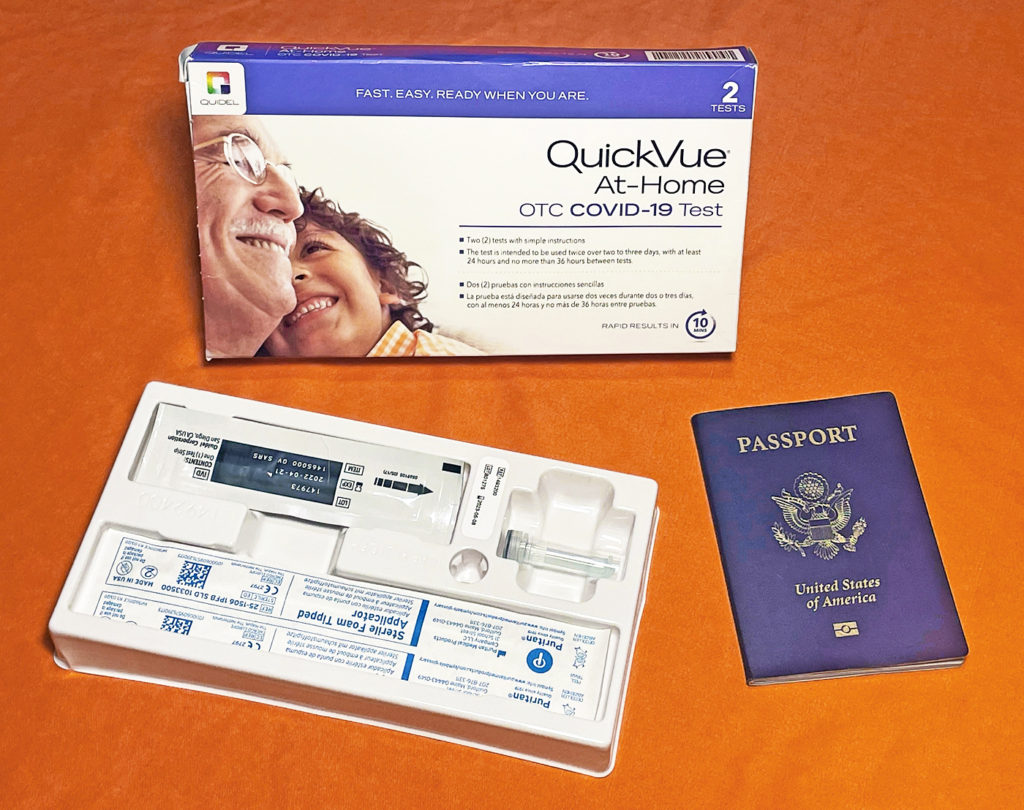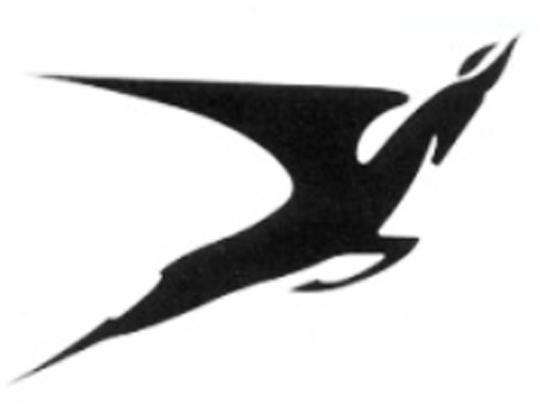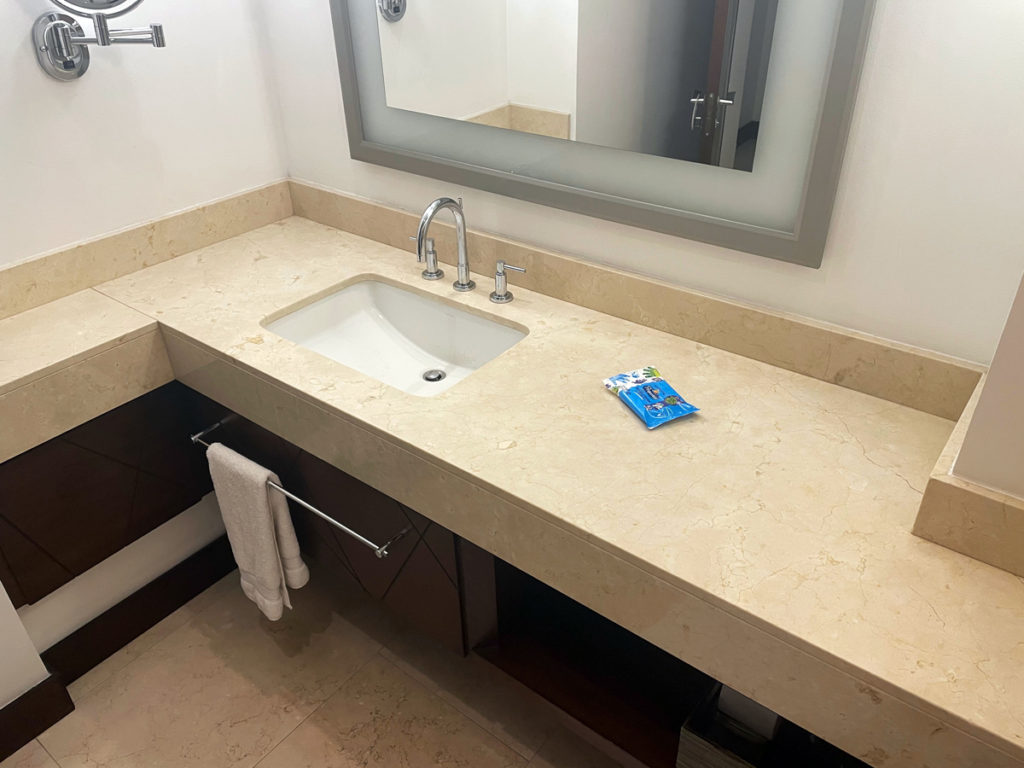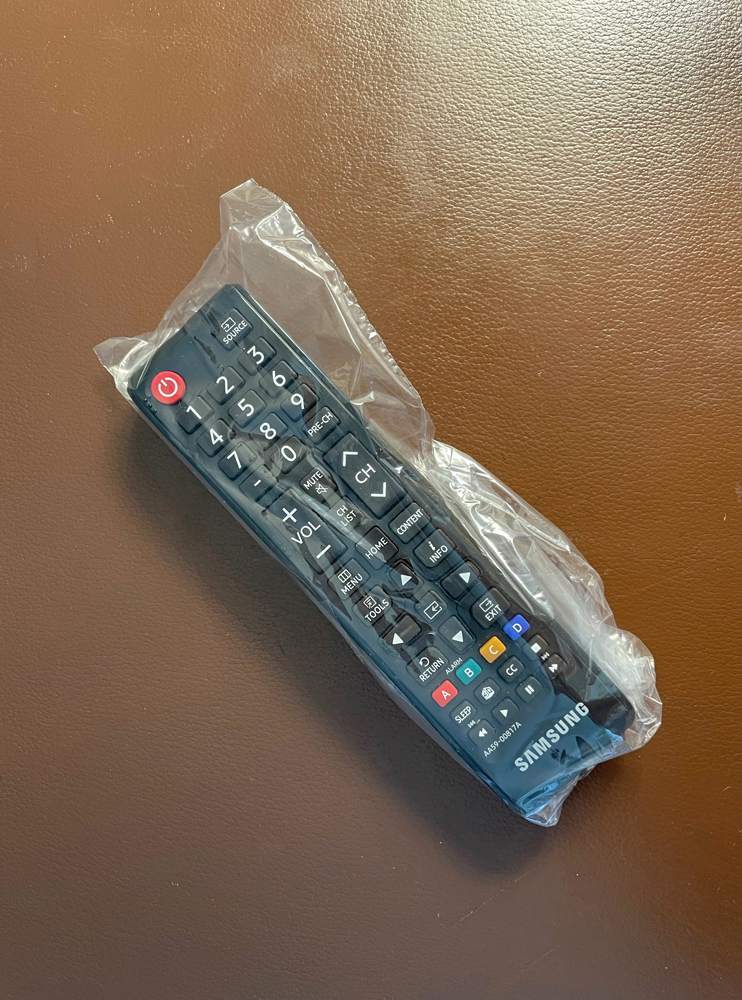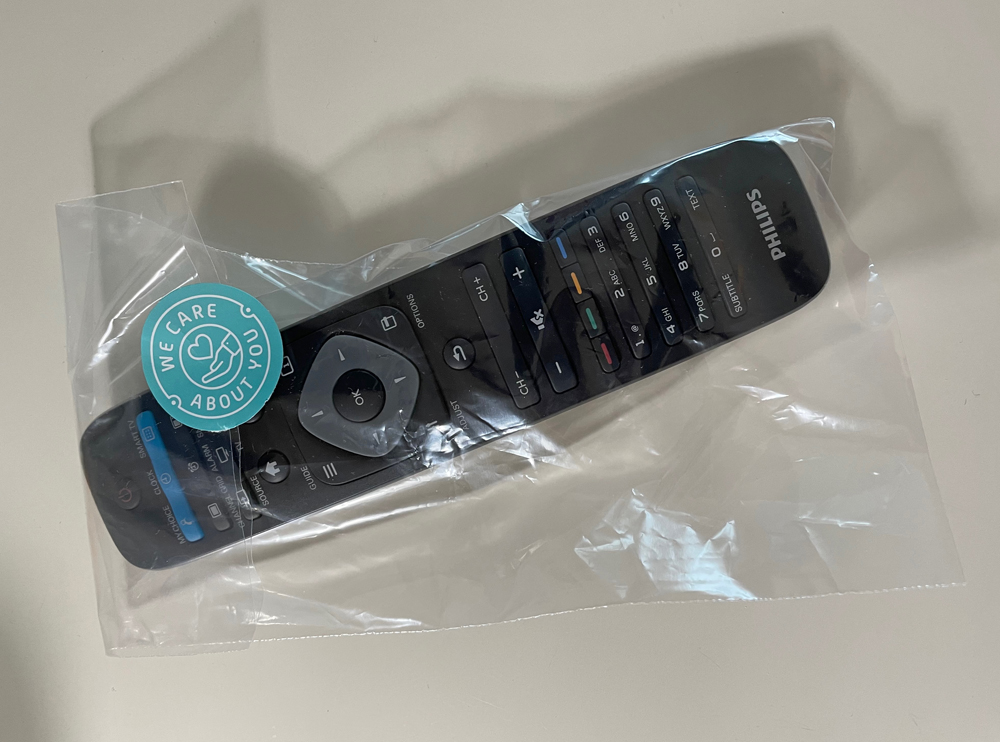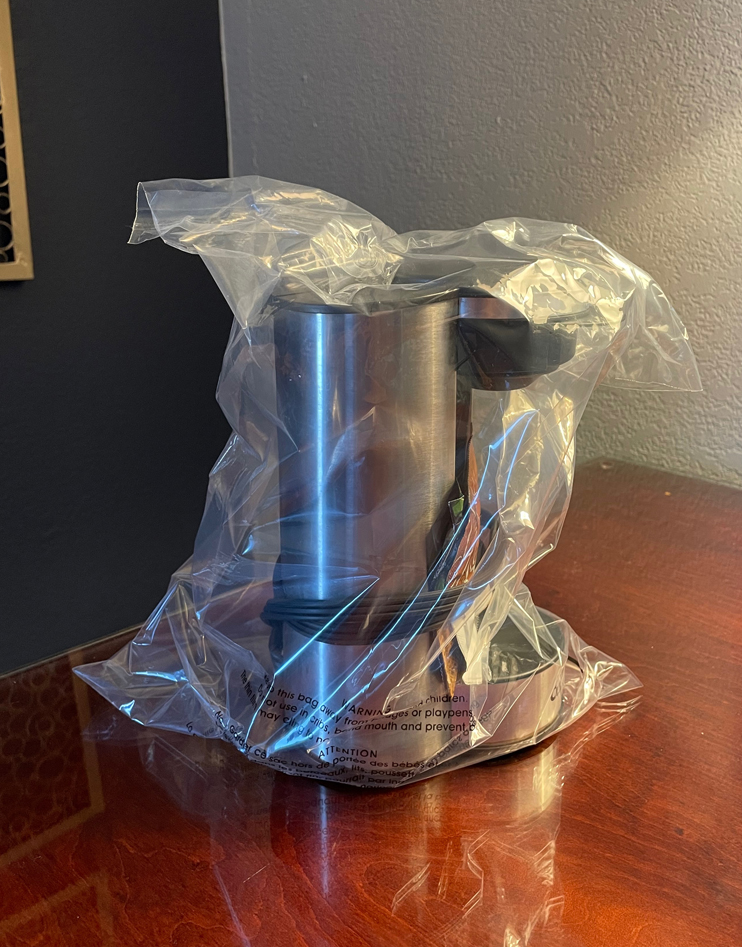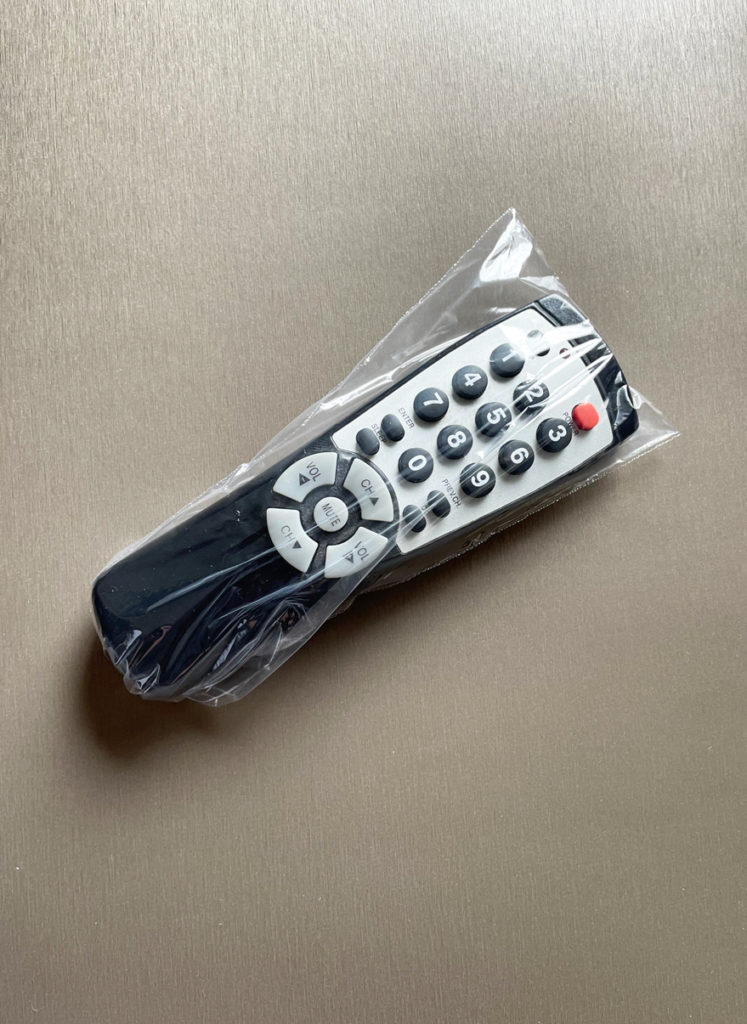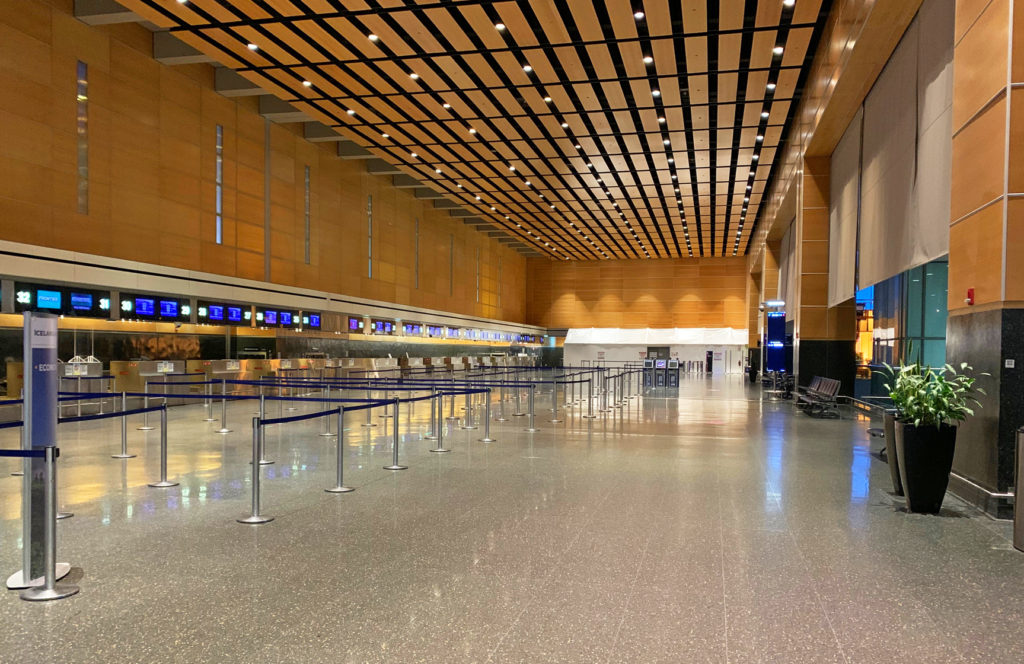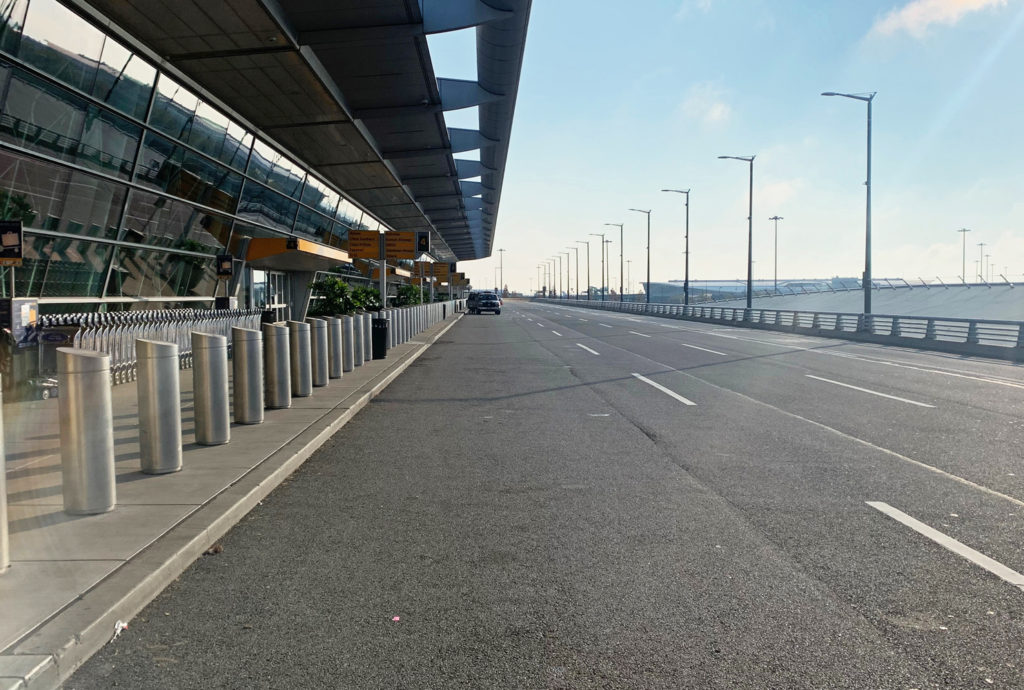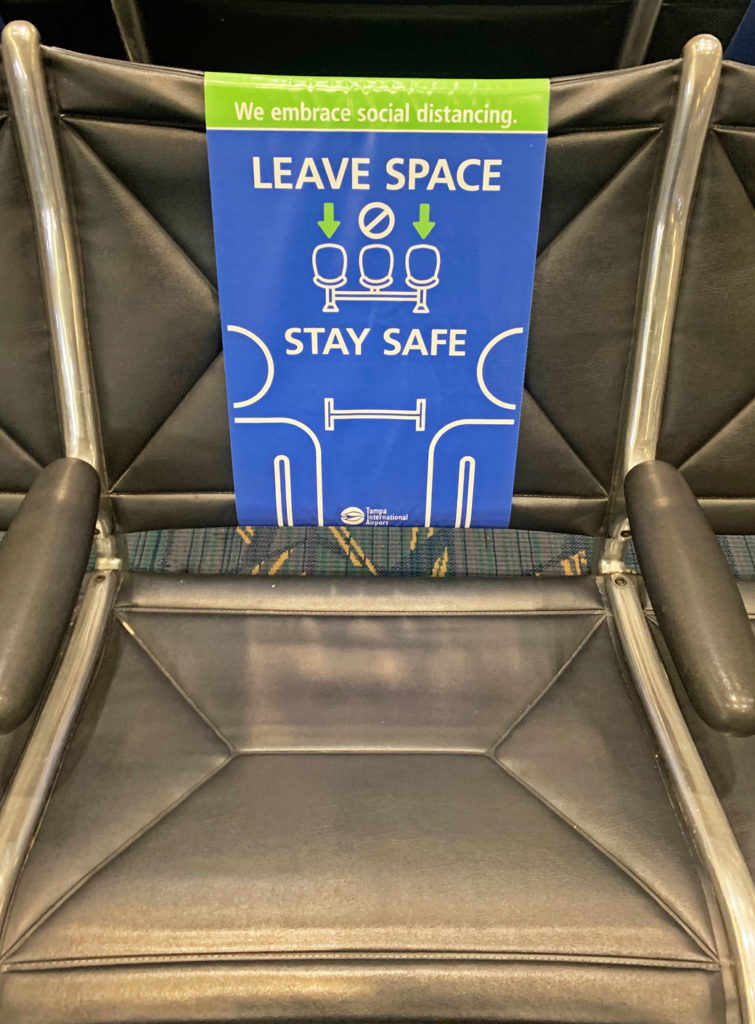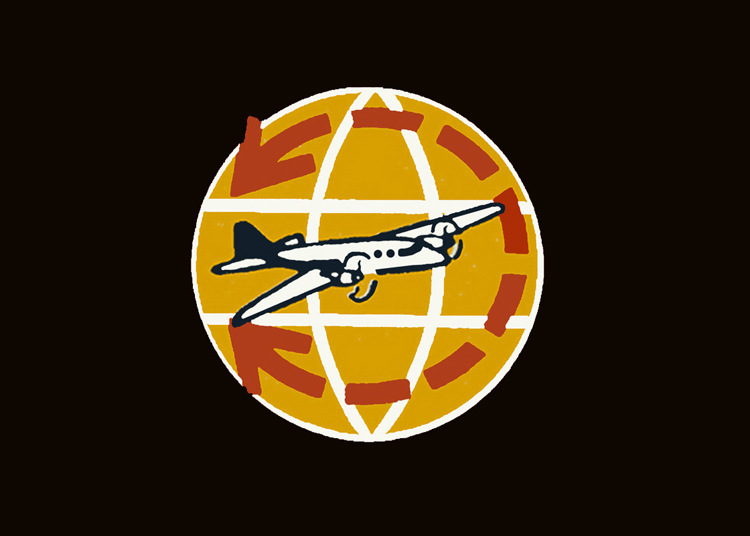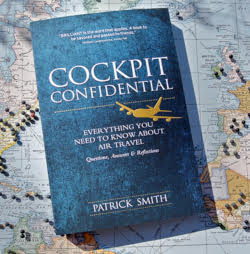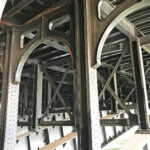Predictions, Observations, and Farewells Amidst Coronavirus.
What will air travel look like post-COVID? It’s still too soon to know. There are many moving parts to this. It’s happening globally, at different speeds, across a diverse range of cultures and economies and market environments. Things will be in flux for a long time, with no defined end.
Much has already happened, however, and there are signs and signals as to what may lay ahead. Airlines have fallen, trends are emerging, protocols are being set. Below is a look at what we’ve seen, and some thoughts on what comes next, both for airlines and their customers.
This post will be updated periodically as events occur, and as the author’s aggravation levels rise and fall.
September 1, 2021. Mask Mania.
If, like me, you’re a fan of the commercial aviation streams on Instagram, you’ve seen them: photo after photo after photo of airline workers cheerfully mugging in face masks. I’ve had it with this.
Yes, everyone who flies needs to put a mask on. This is understood and accepted, as is any airline’s attempt to make the policy clear through advertising, promotional materials, on-board safety videos, and so forth. In other words, treat it seriously. What drives me crazy are the constant attempts to cute-ify the wearing of masks. Because, in fact, there’s nothing cute about it. Masks are a physical symptom of a society, and an airline industry, in pretty serious distress. This isn’t something to giggle at, normalize, or make light of, and we should want them to go away as soon as possible (ironically, by wearing them when and where it makes sense to).
It’s not just aviation galleries. The entire internet is awash in mask selfies. These pictures seem wrong to me, and often feel sanctimonious. Posting a photo with a mask on is a little like posting a photo with a bag over your head. Why do it unless, for some reason of policy or regulation, you have to? Nine times in ten there appears to be no reason the person couldn’t have slipped the damn thing off for the sake of a picture — especially in shots taken outdoors.
Or is that the whole point? If so, it’s not a helpful one. Turning masks into political statements or fetish objects doesn’t keep anyone safer or halt the spread of coronavirus.
August 19, 2021. Covering Up.
Earlier this week, TSA announced an extension of its passenger mask mandate. Flyers will now be required to wear approved face masks aboard all U.S. commercial flights until at least January 18th, 2022. Considering current case rates and the high transmissibility of the COVID-19 delta variant, this was neither unexpected nor unreasonable. And so my reaction is little more than a shrug.
The extension is unlikely to affect passenger volumes in any measurable way. Love them or hate them, masks are simply not a part of most travelers’ go/no-go criteria. They do, however, add to the levels of aggravation and frustration in the cabin, and the big issue for airlines now is how the ruling might affect levels of so-called air rage. Instances of passenger violence and belligerent behavior have risen sharply, and masks are a part of that.
I have no big issue with masks on planes in a general sense. One thing I wish, however, is that carriers weren’t so blindly aggressive in their enforcement. I’ve seen flight attendants literally scream at passengers because their masks momentarily slipped beneath their noses. Stepping onto a jetliner, the first words you hear are no longer “hello,” or “welcome aboard,” but a stern, “Sir, your mask needs to be all the way over your nose!” A few days ago I witnessed a flight attendant interrupt and berate a customer because he dared to partially remove his mask in order to ask a question about a connecting flight. (If he can remove his mask to enjoy a meal, why can’t he remove it for two seconds to ask a question?) To say nothing of the endless barrage of mask-related public address announcements that begin well before boarding and don’t end until you’re at baggage claim five hours later.
This sort of combative, absolute zero-tolerance approach is not in the spirit of the rule, and does nothing to keep people safer. All it does is create an atmosphere of intimidation and fear in a setting where tension levels already are high.
May 19, 2021. Thresholds.
Daily passenger volume in the U.S. is now about 70 percent of 2019 levels. Airlines are reporting positive cash flow, if not quite profit, and many flights are full. Passenger confidence is returning and there’s the smell of normal in the air.
Of course, a full flight isn’t necessarily a profitable one. It’s easy to fill a plane with cheap tickets, and it’s low-yield leisure traffic that, for the moment, is driving the recovery. Business traffic is what airlines count on, and here any improvement has been agonizingly slow to materialize. It will come, eventually; not to the levels we saw before, but enough to return airlines to the black. Another asterisk is geography. Southern and middle-of-the-country airports are bustling, while places like Boston and San Francisco lag behind. The differences are driven by local economies, culture, even politics. Regardless, almost all of the signs are positive, at least for domestic markets.
The international front, on the other hand, remains a mess. With vaccinations sporadic or even nonexistent in many countries, COVID cases are increasing across much of the world, resulting in paralyzed economies, lockdowns and border closures. Just as worryingly, even “open” countries pose a challenge. What’s lacking is any sort of consistency in entry protocols. Some countries ask only for a vaccination certificate. Others require a vaccination certificate and a so-called PCR test (which can be time-consuming and expensive to get). Others ask for a certificate and the easier kind of COVID test. Others want only one (or both) of these tests, and don’t care about your vax status. Some mandate quarantines on top (or instead) of all this, while others don’t. And so on. The rules are a tangle and constantly being revised.
Just this week the European Union announced a proposal to begin allowing in travelers from select countries, including the United States, without testing or quarantine — just a vaccination. While this is potentially great news, when it might actually happen is unclear. For the time being, they’re not making it easy. To enter Italy, just as one example, a passenger must first pass a PCR test within 72 hours of departure time. He or she must then take a second test at the airport. In case that’s not enough, the passenger is then required to take a third test on arrival in Italy. Three tests, not counting the one you need to return to the United States. No exclusions for vaccination status.
Travelers are not gonna book holidays or business trips when the requirements are this onerous or subject to change on short notice. The world needs groups like IATA, A4A, and USTA to press for more streamlined and standardized procedures.
January 22, 2021. Nowhere Fast.
Newly sworn in, President Joe Biden is unveiling a flurry of policy initiative to stem the spread of you-known-what. Among these is a rule that incoming international passengers must self-quarantine for ten days. This comes only days after a requirement that arriving passengers present a negative COVID-19 test result prior boarding any flight to the United States. There’s no provision for taking a second test after arrival in lieu of quarantine, neither is there an exception for passengers who are vaccinated. Whatever impact these measures may or may not have on COVID-19 cases, they’ll certainly be devastating for airlines and their workers, and will all but crush the small amount of international travel that has begun to rebound — most of it in the Latin America and Caribbean markets.
The U.S. Travel Association lauded the testing requirement, describing it as “the key to reopening international travel.” However, the group is understandably less enthusiastic about the quarantine. “We believe a mandatory quarantine requirement for international travelers could be extremely difficult to enforce—and unnecessary,” the organization said in a press release, “in light of required testing and the many other protections now in place.”
Everything is just a disaster.
January 14, 2021. Norwegian Would.
All right, where were we? It’s been a while. Which is maybe understandable, since so little has changed. Or, maybe more accurately, everything and nothing has changed.
This week, discount carrier Norwegian Air announced that it’s giving up its long-haul network. The airline will downsize from 140 planes to about 50, all of them short-haul Boeing 737s, sending its fleet of more than thirty 787s back to the lessors. The carrier will “return to its routes,” so to speak, focusing on low-cost intra-European flying.
This is no surprise. Norwegian never made money on its long-haul services. The long-haul LCC (low-cost carrier) model is exceptionally challenging under even the best of circumstances, never mind in the middle of a crushing global crisis. Once COVID hit, Norwegian never stood a chance.
History — both recent and distant — is littered with the carcasses of LCCs that tried and failed to make it in transoceanic markets. Laker, Tower Air, AirAsia X, WOW, Joon. And now Norwegian. The track record is a dismal one, yet it always seems like someone is willing to try. Indeed, as we speak, Lufthansa is looking into launching a long-haul LCC tentatively named “Ocean.”
October 15, 2020. Bordering on Madness.
The recovery, if we can call it that, has been handicapped by the recent spike in COVID-19 cases — and, in no small part, by a media that will not cease its fear-mongering. Yet the numbers are improving, little by little. In the U.S., daily passenger totals are closing in on the one million mark. Looking long term, it’s no longer the domestic front that worries me. Even with a shattered economy and a frightened populace, a return to normalcy is possible within a year or two. What scares me to death, however, is what’s going on internationally.
Across the world, borders remain closed or heavily restricted, with absurdly onerous entry requirements. Countries with few or no coronavirus cases remain closed off even to other countries with few or no cases. And those letting visitors in typically require expensive and logistically complicated “PCR” testing prior to arrival. That’s in addition to secondary testing after landing and, in some cases, a lengthy quarantine. It defies logic, but not having COVID-19 is no longer an adequate criteria to visit many countries. To enter Thailand, for instance, a traveler has to undergo three COVID-19 tests and quarantine for two weeks, after which point you are permitted to stay only in government-monitored hotels, with your whereabouts tracked daily. This in a nation that earns 20 percent of its annual GDP through tourism.
Why simple, on-the-spot instant testing hasn’t become an acceptable standard for entry I can’t understand. But it hasn’t. By and large there have been very few efforts toward developing a rational or reasonable means of reopening borders. Instead we have heavy-handed policies that make any return of tourism or business travel all but impossible, and will further decimate the many industries that support and rely on global travel. That includes airlines, more and more of whom are headed to the brink or beyond.
September 2, 2020. Boarding School.
TSA has been tracking the number of passenger boardings at U.S. airports. To the surprise of many, we’ve been seeing daily numbers in excess of 800,000. That’s close to 40 percent of what we saw a year ago on the same days.
On the one hand that’s a spectacular and encouraging statistic, especially with most states only partially reopened, and with an economy off the rails. But looking at it more closely leaves me less sanguine than many of my peers. What I see, rather than a sudden lurch to normalcy, is a limited number of people jumping to take advantage of low fares. Although 40 percent of passengers have returned, 40 percent of revenues have not. Cheap tickets to domestic vacation spots will help fill TSA lines, sure. But looking down the road — especially for the legacy carriers, which rely heavily on international and business traffic — this is hardly a recipe for success.
It’s a positive sign, don’t get me wrong, but the real test begins next week, after Labor Day, when summertime leisure flyers return to work (or to their Zoom meetings). Will boardings continue to rise, or will they plateau and taper off? This will also be the moment when the legacies need to begin separating themselves from their low-cost counterparts. And for that, they’ll need those high-yield business flyers to start coming back, and overseas markets to begin reopening. Until then, “40 percent of normal” doesn’t quite mean what it seems.
August 6, 2020. Branson’s Blues.
I wonder what the record is for the most number of airlines going bankrupt in a six-month span. The post-Deregulation period was pretty brutal, but that was spread over two or three years, from 1979 through 1982. The early 1990s were another dark time, with Eastern and Pan Am going under. Never, though, have we seen such carnage in such a brief amount of time.
Earlier this week, Virgin Atlantic became the latest victim of the COVID panic, filing for bankruptcy protection in both American and British courts. Virgin joins Thai, Avianca, LATAM, and several other major carriers (see earlier entries below) victimized by the collapse in global travel. Virgin was especially hard hit because a high percentage of its revenues comes from routes between London and the United States, all of which have been scaled back significantly or canceled outright. More than 3,000 employees have been laid off. Co-owner Richard Branson was angling for a bailout, and offered up his private Caribbean island as collateral. It wasn’t enough.
This is actually the second Virgin franchise to hit the skids. Virgin Australia Airlines, co-founded by Branson twenty years ago, filed for bankruptcy back in April.
July 19, 2020. Going Dutch.
I survived the curse of July 17th, and find myself in Amsterdam the following morning.
Subdued, is how I’d describe it here. On a normal midsummer weekend, for better or worse, the central part of Amsterdam would be a virtual wall of tourists. On a midsummer weekend in 2020, however, it’s predominantly locals. Looks more like February than July. But otherwise routine: shops and restaurants are open, people are milling freely. And almost nobody has a mask on. The only place I saw masks was at the airport, where it looked about 50/50.
Meanwhile in America.
July 16, 2020. The List Gets Smaller.
Less than two weeks after I wrote about Qantas’s early retirement of the 747 (see the installment below), British Airways has announced it too will cease all 747 flying, effective immediately. This will leave Lufthansa as the only 747 launch customer still operating the jet in scheduled service — assuming it doesn’t follow suit.
Every day brings more and more good news.
I flew in the upper deck of a British Airways 747 once, way back in 1987, from Heathrow to Nairobi. It was an old -200 model with the spiral staircase. Sitting upstairs in a 747 was always special — a private, hangar-shaped mini-cabin distinctly separate from the rest of the aircraft, with its own lavatories and galley. And who couldn’t love those sidewall storage lockers? You were three full stories above the ground, and the view through the windows gave you a sense of the 747’s size. Parked at the gate, you’d be looking over the rooftops of many terminals.
July 3, 2020. Decline and Fall.
A lot has been made about carriers — Emirates in particular — having mothballed their A380 fleets. What’s sadder is the worldwide grounding of the 747. Only a handful are currently in service, and regardless of how or when this all pans out, few will take to the air again. History’s most influential jetliner becomes just another casualty of the hideous global panic touched off by coronavirus. More than anything else in aviation, the 747 deserved a more dignified end.
Later this month, Qantas will say farewell to its last remaining 747. The sendoff will include a hangar commemoration for employees and a series of sold-out scenic flights. KLM’s retirement took place in April, more than a year ahead of schedule. That leaves British Airways and Lufthansa as the largest operators. Their fleets sit idle at the moment, and may or may not reenter service. Each of these carriers had a phase-out plan already in place, but COVID-19 has changed everything.
All four of these airlines were among the 747’s launch customers, and have (or had) operated the aircraft uninterrupted for nearly fifty years, beginning with the -100 variant in 1970.
For what it’s worth, I did spot an Air China 747-8 at Kennedy Airport the other day. There’s an irony in there somewhere.
July 1, 2020. Going South.
Let’s welcome Aeromexico to the Chapter 11 bankruptcy list. Established in 1934, the carrier operates an all-Boeing fleet of 60 aircraft.
Depressingly, if somewhat predictably, it’s the older and more historic airlines that are biting the dust faster than the newcomers and LCCs.
June 23, 2020. Political Masking.
After the 2001 attacks, it was mostly people on the right who bought into the hype and fear; who saw terrorists around every corner and were willing to sign off on things like the Patriot Act, TSA, the Iraq War, and so forth. Left-leaning people resisted. This time, it’s left-leaning people who are the more fearful and pessimistic, while those on the right are advocating for a softer, more laissez-faire approach.
Both crises are similarly sinister in the way they they’ve warped people’s thinking and behavior, but they’ve attracted opposite crowds. Why? I suspect it’s because people who lean right are more naturally drawn to responses involving power and conflict; going after enemies, etc — all the things that came into play after 9/11. This particular crisis, on the other hand, centers on concepts like compassion and “saving people.” Thus it has galvanized that mindset instead of the more reactionary one.
Regardless of the reasons, the more this becomes politicized into a left/right conflict, the longer it’s likely to drag on. Often unfairly, people are being put into two camps. Those in favor of harsh quarantines are Democrats. Those in favor of easing them and opening the economy are pro-Trump. This prejudice extends to the wearing of masks. I live in West Somerville, Massachusetts, one of the most progressive neighborhoods in America. Mask compliance is virtually 100 percent, whether indoors and outdoors. It’s common to see people wearing masks even in isolation, well apart from others: sitting alone in a park, in their yards, or on their porches. Anyone who shows up maskless is immediately pigeonholed as a Trump supporter, regardless of their actual affiliation. Masks aren’t merely a practical tool against the virus; they’re are also a signal and a symbol. The crisis has become a social movement, a cause, and political sentiment is absolutely part of it.
Politicizing COVID discourages people from thinking clearly or freely about what’s happening. Instead you’re assigned a “side” and expected to follow along. Never before has the nation needed to be more united around a cause, and instead we’re being wedged apart — on an issue that requires tough decision-making and bravery, not partisanship. Nonsense like this could postpone any meaningful recovery until after the election. For some, I imagine that’s the intent.
June 14, 2020. Creep.
Masks. Social distancing. Remember when taking off your shoes at airport security was just a “temporary” measure put in place after Richard Reid attempted to ignite his sneakers on a flight from Paris to Miami in 2001? Remember when the liquids and gels limits were a “temporary” restriction that came about after the London bomb plot in 2006? We have a habit of growing acclimated to even the most time-wasting inconveniences, long after they cease making sense. And rarely do the regulators or policy-makers enjoy undoing what they’ve done. It’s always a lot harder to rescind a rule than it was to put that rule in place.
Just saying.
May 26, 2020. Dominoes.
The newest addition to the 2020 bankruptcy flying circus is LATAM. Crippled by lockdowns and global quarantines, the carrier has filed for Chapter 11 protection. By far the largest airline in South America, LATAM traces its origins to the founding of LAN Chile in 1929. It was formed eight years ago when the LAN group, with operations mostly in Chile, Peru and Ecuador, joined forces with TAM of Brazil. The airline flies passenger and cargo services to 30 countries with a fleet of approximately 300 aircraft, including Boeing 787 and Airbus A350. LATAM is 20 percent owned by Delta Air Lines, with Qatar Airways controlling another ten percent.
May 19, 2020. Coast to Coast.
This past weekend I flew from New York to Los Angeles and back. The plane was about half full in both directions. That’s a hundred people, give or take, on a route that has been heavily consolidated (seven or eight daily flights reduced to one or two). It felt good to be back in the seat, though as happened last time I was left a little shaken by the spectacle of two of the world’s busiest airports almost utterly void of people.
The captain and I discussed books, travel, and airline history. I don’t think we mentioned coronavirus more than a couple of times. Like me he’s a bit of an airline trivia buff — a highly unusual trait among pilots, believe it or not — which provided some pleasant distraction.
If you haven’t flown in a while, brace yourself for a whole new onslaught of public address announcements. As if the PA cacophony wasn’t obnoxious and nerve-wracking enough before COVID; it’s been taken to the next level. Curbside to curbside, it’s blah blah blah masks, blah blah blah social distancing, blah blah blah aircraft cleaning, blah blah blah in accordance with the CDC, blah blah blah for the safety of crew and passengers. Boarding and deplaning are now longer and more complicated affairs, with every step of the way accompanied by some noisy and patronizing announcement.
I understand that passengers take comfort in an airline’s efforts to keep them safe. This is important. It’s also important not to scare them half to death or drive them crazy.
May 18, 2020. The Hits Keep Coming.
Colombia’s Avianca and Thai Airways are the latest major carriers to declare bankruptcy.
Avianca is the second-oldest airline in the world, and celebrated its 100th birthday this past December. Imagine making it through the Great Depression, World War II, and every other crisis to have come and gone over the last century, only to get knocked out by COVID in fewer than 90 days.
Thai, grounded since late March, dates to 1960 and operates a fleet of approximately 80 aircraft. The airline had been floundering for years until coronavirus broke its back.
Both companies hope to reorganize and resume flying. Thai is government-owned, giving it some hope, but could still go the way of South African (see below) if a bailout isn’t forthcoming.
May 8, 2020. That Didn’t Take Long.
Forty-eight hours, give or take. See my update below on temperature checks at airports. Just today Frontier Airlines became the first U.S. airline to require the infrared fever-screening of passengers. If your reading is 100.4 degrees Fahrenheit or higher, you cannot travel.
It’s just a short matter of time before the other carriers follow suit, and at some point TSA (or a whole new agency) will take control of the operation, setting up checks at a centralized location at or near the security checkpoint. Just a “temporary measure,” of course. Sure.
And that’s the scary part. Twenty years after September 11th and we’re still doing liquid confiscations and taking our shoes off. Nobody can really explain why. Is it crazy to think that twenty years from now we’ll still be wearing masks and having our temperatures checked?
More lines to stand in, temperature scans, mandatory masks, no onboard service, higher fares, scared passengers… I’d say the airlines are just about screwed.
May 7, 2020. Normal Nothing.
If I hear the phrase “new normal” one more time, I’m going to need medication. I understand that certain measures are necessary and helpful under the circumstances. One thing they are not, however, and should never be, is normal. Nothing about this is normal. Yet there are elements of society, both cultural and political, that appear troublingly eager to make a lot of what we’re doing permanent.
Other terms and phrases that have worn out their welcome include “abundance of caution,” “Zoom,” and “front lines.” Did you know that supermarket cashiers are now called “Front line food distribution workers.”
May 6, 2020. Grounded.
Several readers have asked if I’ve been flying. The answer is yes and no. Mostly no. In mid-March I worked a four-day trip to Ghana. Since then, the only thing I’ve done was a simple domestic out-and-back one day about two weeks ago. I bid and received normal schedules for April and May, but every assignment was quickly canceled.
Like many pilots, I’m effectively being paid to sit home. I realize there are far worse fates, but almost nothing about it has been enjoyable. We’re protected through the end of the summer. After that, who knows. Best case is that I’m looking at a significant pay reduction in the fall. Worst case… I’d rather not talk about it. I spent almost six years out of work after 9/11. The thought of having to go through that again is too much.
To repeat something I brought up in an earlier post: What a lot of people don’t realize is that for pilots, should you find yourself laid off, or if your airline goes out of business, you cannot simply slide over to another airline and pick up where you left off. The way airline seniority systems work, there is no sideways transfer of benefits or salary. If you move to a different company, you begin again at the bottom, at probationary pay and benefits, regardless of how much experience you have. You lose everything. So any threat to our companies makes us nervous.
And for any near the bottom of any seniority list, disaster is coming. Thousands of those pilots are about to lose their jobs, possibly for years.
May 5, 2020. On the Horizon.
Whats that in my crystal ball? It’s masks. Several carriers now require passengers and crews to wear face coverings. Don’t be startled if regulators step in and make them mandatory. And whether it’s the law or not, they won’t be going away. Expect many passengers to keep wearing them long after the COVID crisis subsides.
And coming soon to a checkpoint near you: temperature checks. You often see these machines when passing through immigration at airports overseas. I have a feeling you’ll be seeing them in the U.S. as well, giving you the infrared once-over before you’re allowed to board. This is great news, because if passengers want anything, it’s another line to stand in.
Overseeing these new measures will be the Transportation Health Administration (THA), to be formed early next year by President Biden.
That last one is facetious. Right?
May 3, 2020. Let’s Catastrophize.
You know what would really suck right now for a U.S. carrier? An accident. A crash.
On our side is the fact that airlines have slashed their timetables more than 90 percent, vastly decreasing the likelihood of a disaster. Still, and much as I hate saying it, we’re overdue for one. There hasn’t been a major crash involving a mainline U.S. carrier in almost twenty years — by far the longest such streak in aviation history. Carriers are in dire straits as it is. A mishap could put one under. Airline workers are under a lot of stress right now. It’s important we keep our heads in the game.
April 26, 2020. Knockout Number Two: Virgin Australia.
Virgin Australia, the second-largest carrier Down Under, has gone into receivership. The company, co-founded by Richard Branson as Virgin Blue twenty years ago, operated close to a hundred aircraft to over 50 cities throughout Australia, Asia, and the United States. On April 20th the airline entered voluntary administration and filed for bankruptcy. Supposedly a couple of Chinese banks are eyeing VA’s assets with plans to resuscitate the brand, but details are unclear. For now, Virgin Australia becomes the second of what we might call “major” airlines to be punched out by the COVID panic. Others will follow.
April 10, 2020. Knockout Number One: South African Airways.
South African Airways has ceased operations after 86 years. The company had been struggling for some time, and in early April the South African government announced it would cut off any further assistance, forcing the airline close its doors and and lay off all remaining staff. This is a very depressing one. South African Airways was one of the world’s “classic” legacy carriers. In the 1970s and 1980s, its 707s, 747s, and 747SPs helped pioneer ultra long-haul flying (albeit during the apartheid years, when airspace bans often forced its planes to take circuitous routings). Its demise is no less sad than the fates that befell Swissair, Sabena, and some of the other great airlines. Gone too is the carrier’s legendary radio callsign: Springbok. Its “flying springbok” logo from 1971, pictured below, was one of the all-time best.
I flew South African Airways three times, aboard 747, 737, A330 and A320 aircraft, on routes between Johannesburg and New York, Windhoek, Lusaka and Victoria Falls.
There’s talk of a new national carrier emerging from the ashes. Chances are it’ll be given some awful-sounding name like “Sunjet.com,” a low-budget paint job and some goofy-sounding callsign.
Related Stories:
THE PLANE THAT NEVER WAS
THE BLACK SWAN. AIR TRAVEL & CORONAVIRUS.
